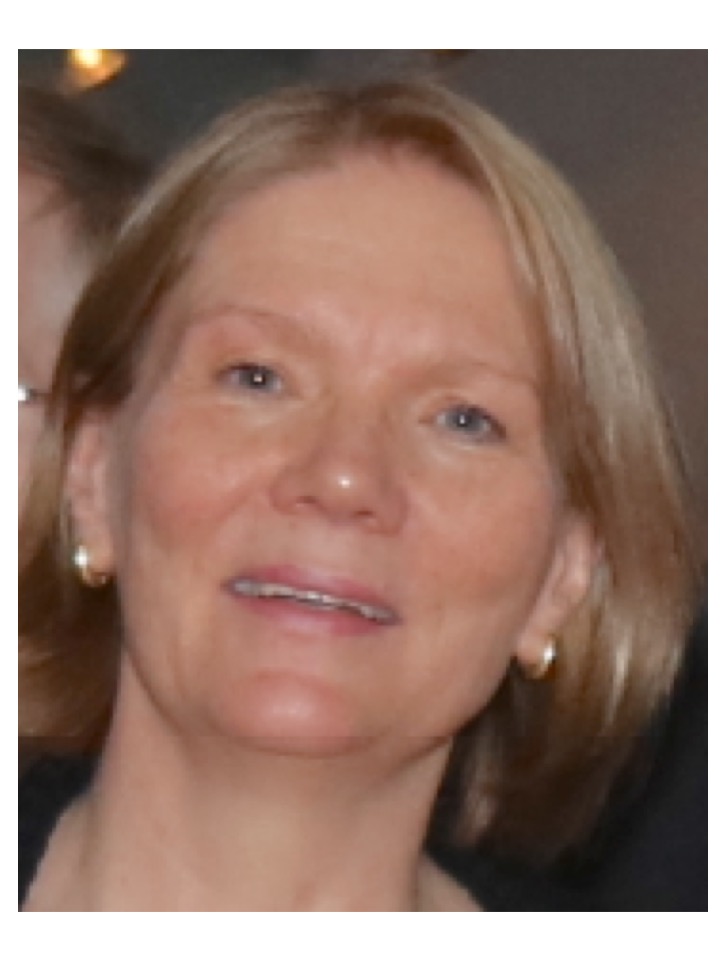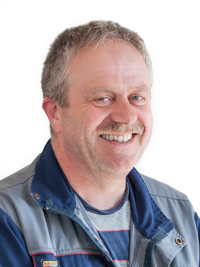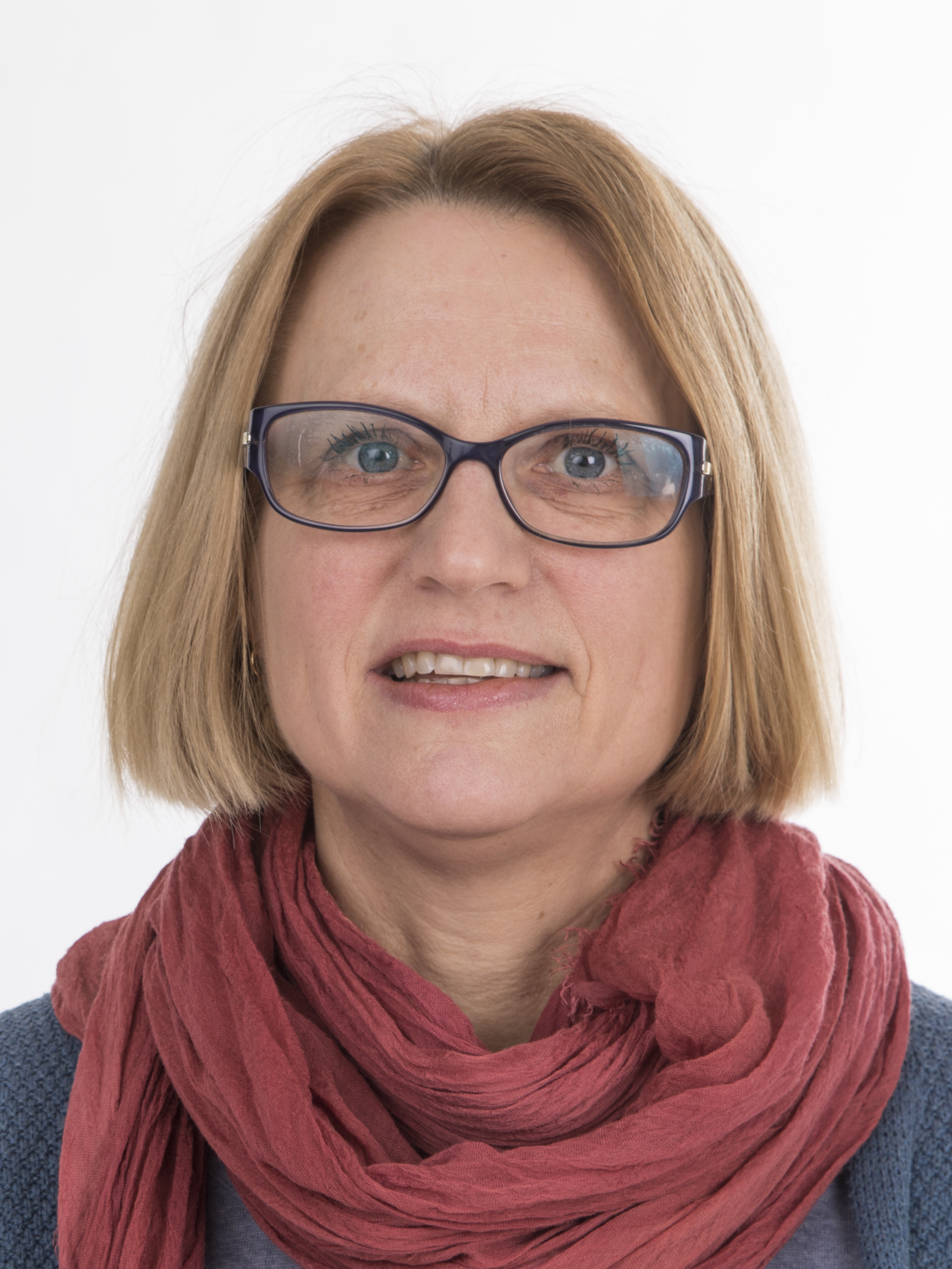The goal of this project is to prepare for the MAXIDUSTY-2 rocket campaign (MXD-2). MXD-2 is planned to study dust in the mesosphere by combining in-situ measurements of charged dust and the surrounding plasma components at 70 to 110 km altitude with a return of collected dust samples. The payload is built at UiT and collaborating institutions at UiO, in Sweden and in Germany.
MXD2 is funded through the ESA Prodex Programme.
The data analysis and research related to MXD2 made at UiT are funded through the Research Council of Norway (FRIPRO project CODIA).
We plan to launch MXD2 during the PMSE season and aim for a launch window in July 2025. Optical and radar measurements are made in parallel. MXD2 is part of the International Grand Challenge Initiative Mesosphere / Lower Thermosphere (GCI M/LT).
The payload of the rocket will consist of the following instruments:
- DUSTY (UiT)
- SPID (UiT)
- MUDD (UiT)
- MESS (UiT)
- MAGIC (MISU)
- Faraday rotation experiment (IAP)
- CONE (IAP)
- Multi-needle Langmuir probe system (UiO)

Dust collection with MESS
MESS is designed to collect large ice particles ( non-melting particle fragments) that are embedded in water ice particles that exist in summer and contain small meteoric smoke. The dust collection instrument is equipped with a conical funnel, which increases the collection area and fragments larger particles that hit the funnel. The non-volatile components can be analyzed in the laboratory. The collection with MESS is combined with dust and plasma in-situ measurements. Necessary low conditions for MESS were simulated with Direct Simulation Monte Carlo at 85 km and a rocket speed of 800 m/s. The instrument has to be recovered after the rocket launch. The Mach numbers in the airflow are shown in the image below.

DUSTY particle detector
The instrument DUSTY is a Faraday cup dust detector used on rocket flights since the 1990s. It measures dust charge number density of particles about 2 nm and larger. The instrument does not need recovery after the rocket launch.
SPID (Smoke Particle Impact Detector)
SPID is a Faraday instrument for the detection of small dust particles. It is a modified version of DUSTY to reduce the effect of airflow and use triboelectric charging in the detector. The instrument was previously launched on G-Chaser in January 2019.
MUDD
MUDD is a modified Faraday cup detector. The impacting particles are fragmented, heated and partially evaporated. Combining two MUDD with different settings improves resolution and accuracy of the measurements.
MXD-2 sample analysis
We expect to collect the samples on standard TEM grids consisting of a metal mesh and a film on top. The metal used support film will be defined. Assuming that the rocket samples a 0.5 - 4 km height interval of PMSE and that the collected ice particles contain a 3 percent volume fraction of refractory MSP, the collected amount is 1012 −1014 amu per mm2 ( ie for average particle size 1 nm approx. 104 particles per mm 2 ) .
We plan TEM-EDX, possibly followed by FE-SEM analysis. The main challenge for mineral and chemical characterization of individual particles is their size and very small amount of the total material expected .
Outcome in best case is size distribution and morphology of collected particles with sizes > 1 nm (radius), relative abundances of the major chemical elements, and possible detection of elements associated with space debris.
Project group
Ingrid Mann (Project manager)
Sveinung Viggo Olsen
Ralph Latteck (IAP)
Jan Leitner (MPCH)
Yoshihiro Yokoyama
Joerg Gumbel (MISU)
Boris Strelnikov (IAP)
Andres Spicher
Jean-Claude Tinguely
Espen Trondsen (UiO)
Yuki Kimura (Hokkaido Univ.)
Gerd Baumgarten (IAP)
Yngve Eilertsen
Jonas Hedin (MISU)
Inger Solheim
Agata Krzesinska (UiO)
John Plane (Leeds Univ.)
Lasse Clausen (UiO)
Project owner:
- Dept. of Physics and Technology, UiT Tromsø, Arctic University of Norway (UiT)
Participating institutions:
- Dept. of Meteorology, Stockholm University, Sweden (IAP)
- Leibniz Inst. of Atmospheric Physics at University of Rostock, Germany (IAP)
- Dept. of Physics, University of Oslo, Norway (UiO)
- Andøya Space, Norway (AS)
Timeline
- June 2024: Design Review
- October 2024: First Integration
- March 2025: Second Integration and Environmental Tests
- June 2025: Final Integration
- July 2025: Launch Campaign and Recovery
[Loading...]



